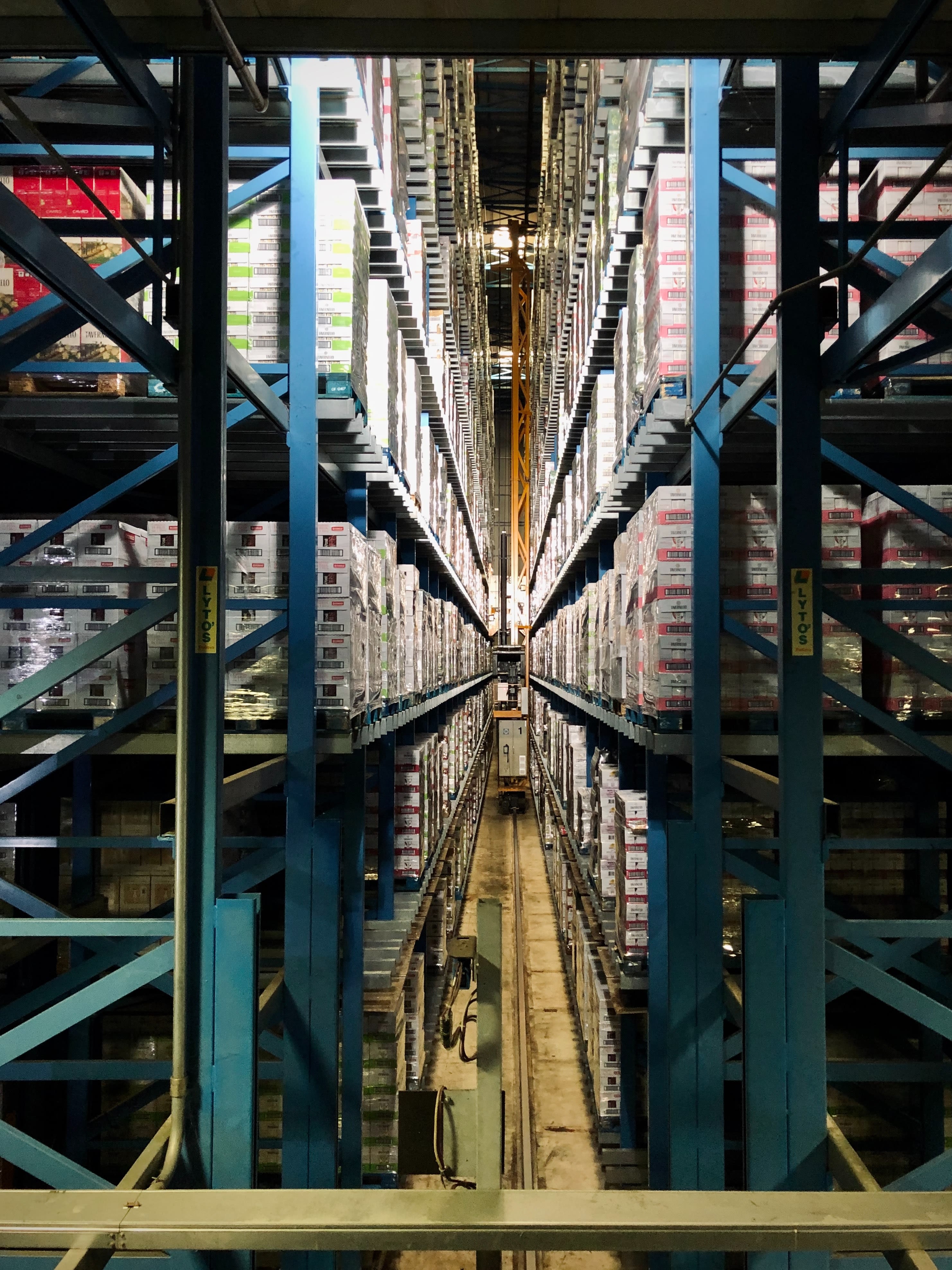Data in Supply Chains:
Using Numbers to Make Supply Chains Work Better

In today’s global economy, supply chains are intricate networks that span across multiple countries and involve countless suppliers, manufacturers, distributors, retailers and customers. Managing such complex systems efficiently is a formidable challenge, one that increasingly relies on sophisticated data analytics to enhance performance and reliability.
The Importance of Data in Supply Chains
Supply chains are the lifeblood of most businesses, determining the pace at which products are manufactured, moved and delivered to consumers. However, the sheer scale and complexity of modern supply chains often lead to inefficiencies, waste and delays. This is where data comes into play, offering unprecedented insights that can streamline operations, reduce costs and improve service delivery.
Data in supply chains can be collected from various sources, including inventory levels, supplier performance, transportation costs and customer demand signals. This information, when accurately analysed and applied, helps businesses predict trends, optimise routes and inventories and respond more effectively to market changes.
Leveraging Big Data Analytics
Big data analytics has transformed how companies manage their supply chains. By utilising large sets of data, companies can perform more comprehensive analyses and make better-informed decisions. For example, predictive analytics can forecast future demand based on historical data, seasonal trends and other market factors. This allows companies to adjust their production schedules and inventory levels accordingly, minimising overproduction and reducing storage costs.
Furthermore, big data enables real-time visibility into every aspect of the supply chain. Companies can track shipments in real-time, monitor the performance of suppliers, and even predict potential disruptions caused by external factors like weather conditions or political unrest.
Case Studies of Success
Many leading companies have successfully integrated data analytics into their supply chain operations. For instance, a well-known global beverage company implemented a data-driven approach that enabled it to adjust its supply chain in real-time, based on current market demands and logistics scenarios. This flexibility resulted in significant cost savings and improved customer satisfaction rates.
Another example is a major online retailer that uses sophisticated algorithms to manage its vast logistics network. By analysing data on customer purchases, geographic shipping locations and transport times, the company optimizes its inventory distribution, ensuring faster delivery times and lower overall shipping costs.
Challenges and Considerations
While the benefits are substantial, the integration of data analytics in supply chain management does come with challenges. Data quality and accuracy are critical; inaccurate data can lead to poor decision-making that might be costly for businesses. Moreover, the implementation of such systems requires a significant investment in technology and skilled personnel who can interpret complex datasets.
Privacy and security are other important considerations, as supply chain data often includes sensitive information that must be protected from cyber threats.
The Future of Data-Driven Supply Chains
As technology continues to evolve, the use of data in supply chains is expected to become more prevalent and sophisticated. Innovations such as artificial intelligence (AI) and machine learning are already beginning to play a more significant role, offering even more precise predictive capabilities and automation opportunities. These advancements will further enhance the efficiency, responsiveness and resilience of supply chains.
Data is reshaping the landscape of supply chain management. Through the strategic use of data analytics, companies can not only anticipate and react swiftly to changes in the market but also gain a competitive edge by optimising their operations and enhancing customer satisfaction. The future of supply chain management is undoubtedly data-driven, promising a more integrated and responsive global market.



